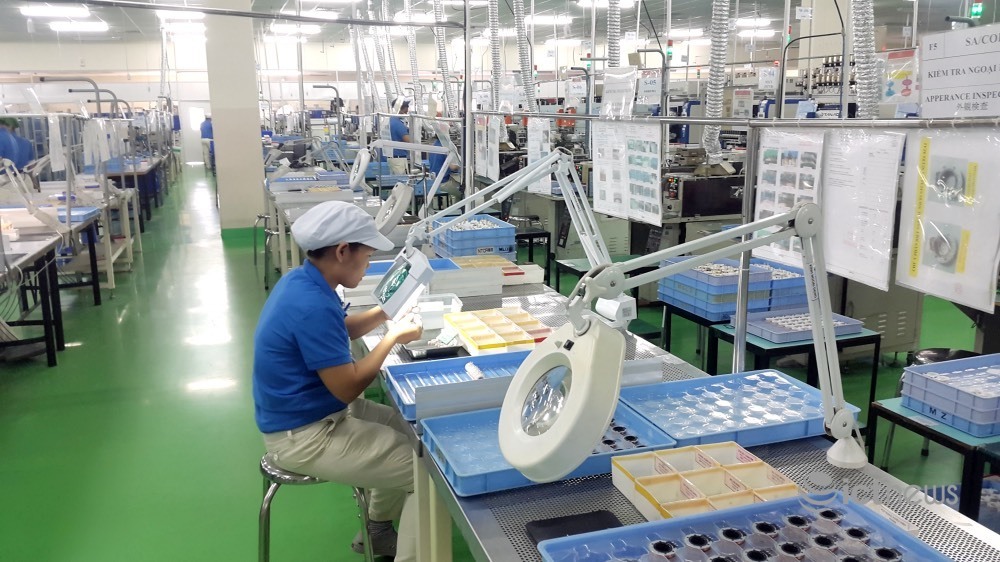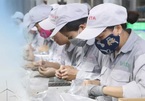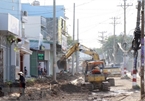 |
TMX, a business transformation consulting firm in Asia Pacific, has released a report providing insights into the average cost of doing business in Asia.
The report focuses on assessing the competitiveness in production of nine countries including: Cambodia, India, Indonesia, Malaysia, Myanmar, the Philippines, Singapore, Thailand and Vietnam. This is to help businesses make the best decision to build a new production facility in Asia.
The study analyzed labor costs, rental fees, logistics, utilities and telecommunications in each of these nine markets. The report also measures market competition based on qualitative factors including business environment, talent performance, logistics performance and readiness for digitalization.
The assessment methodology is based on a standard operating model that assumes a fixed size in terms of number of employees, rent and usage of utilities and telecommunications. In terms of logistics, the plan is assumed that the business needs to ship 14 40ft containers to major markets, including the US, Europe, the United Arab Emirates, China and Australia.
The report identifies Vietnam as one of the markets with the lowest average operating costs in the region, just higher than Cambodia and Myanmar. Vietnam's average total operating costs range from $79,280 to $209,087 per month.
Vietnam ranks fifth in competitive scores compared to other countries in the fields of business environment, talent, logistics and digitalization, behind Singapore, Malaysia, India and Thailand.
In terms of labor costs, accounting for 55% of the total costs of all countries, Vietnam is ranked the fourth most affordable market after Cambodia, Myanmar and the Philippines with total average labor costs of $108,196 per month.
Regarding warehouse rental costs, the second largest cost factor in the total costs of countries, Vietnam is ranked as the fourth most affordable market with an average rent of $5/m2/month, after Thailand, Myanmar and Cambodia.
In terms of logistics costs, Vietnam is classified as a “high potential” market, which means that the country has relatively higher logistics costs but has good logistics expansion capabilities.
In terms of utilities and telecommunications – accounting for about 16% of total costs in most countries, Vietnam ranks as the country with the most affordable phone costs while Cambodia has the highest.
Vietnam is ranked mid-range in terms of telecommunications costs. It can be seen that the more developed the country, the lower the cost of telecommunications. In particular, Myanmar and Cambodia have the highest Internet costs while Singapore and India offer the most reasonable rates.
Based on these results, countries were classified into at least one of the three stages of the production value chain: “basic assembly line”, “evolving supply chain” and “early automation”.
The consulting firm recommends countries like Cambodia and Myanmar, suited for the initial stage of business formation, as places to lay the foundation of production bases, suitable for companies in a field like textiles.
The Philippines, Indonesia and Vietnam are listed at the intersection of the first two phases, providing a good base for businesses in sectors such as electronics that do not require sophisticated manufacturing or highly skilled workers.
The remaining countries are considered in the “early automation” stage and are good choices for businesses that have already started investing in smart manufacturing and innovation.
Singapore has a high cost, making it a top choice for manufacturing companies with higher added values involved in complex processes and high automation requirements.
Hai Dang

Business environment reform: drastic and consistent
After several years using the World Bank Ease of Doing Business report as a measurement, Vietnam's business environment has made great strides.

Furthering competitiveness through infrastructure
A boost in infrastructure investment as a major part of the country’s hallmark programme on economic recovery and development is expected to help the national economy bounce back.